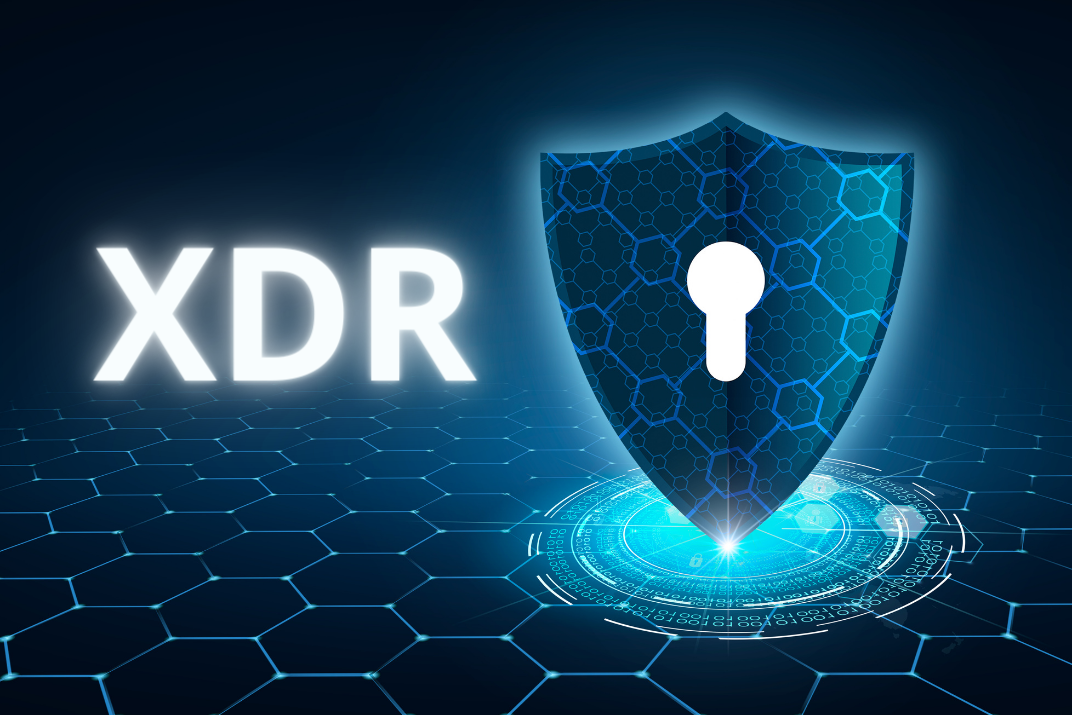Extended Detection and Response (XDR) platforms are transforming how organizations detect, investigate, and respond to cyber threats. Unlike traditional point solutions, XDR unifies telemetry across endpoints, networks, cloud environments, and applications, creating a holistic security view. But to make sense of this massive amount of data, XDR relies heavily on machine learning (ML) pipelines.
Machine learning in XDR isn’t just about adding “AI” on top—it’s about building a systematic pipeline that ingests raw security data, processes it, learns from it, and delivers actionable intelligence. In this blog, we’ll break down how these ML pipelines work, why they matter, and what organizations should consider when evaluating XDR solutions that leverage them.
Why Machine Learning Pipelines Are Critical in XDR
Extended Detection and Response operates in a world of high-volume, high-velocity, and highly diverse data. A single enterprise may generate billions of security events daily across firewalls, endpoints, servers, SaaS applications, and cloud workloads. Traditional detection techniques (like static signatures or rules) are not scalable to this volume, nor can they catch emerging or novel threats.
Machine learning pipelines provide XDR with the ability to:
- Automate anomaly detection without requiring pre-defined rules.
- Reduce alert fatigue by clustering events and filtering false positives.
- Correlate cross-domain signals to surface multi-stage attack campaigns.
- Continuously adapt as attackers evolve their tactics, techniques, and procedures (TTPs).
In short, ML pipelines transform raw noise into prioritized insights.
The Core Stages of XDR Machine Learning Pipelines
Machine learning in XDR isn’t a single algorithm—it’s a multi-stage process, much like an assembly line. Let’s break down the major stages.
1. Data Ingestion and Normalization
The pipeline begins by ingesting telemetry from multiple sources: endpoint logs, DNS queries, email metadata, network flows, and cloud audit trails.
- Normalization ensures consistency by mapping diverse data formats into a common schema.
- Feature extraction then identifies key attributes such as IP addresses, process names, command-line arguments, and user behaviors.
This stage is critical because ML algorithms require structured, clean data.
2. Feature Engineering and Enrichment
Raw data rarely tells the full story. Feature engineering enhances the signal by:
- Enriching with threat intelligence (e.g., known malicious IPs).
- Deriving behavioral features (e.g., frequency of login attempts).
- Contextual linking (e.g., mapping users to devices, processes to parent-child relationships).
Good feature engineering often determines whether a machine learning model produces accurate detections.
3. Model Training and Selection
XDR platforms employ a mix of supervised and unsupervised machine learning models.
- Supervised models learn from labeled datasets (e.g., known malware samples).
- Unsupervised models detect deviations from baseline behavior (useful for unknown threats).
- Hybrid approaches leverage both to balance precision and recall.
Common ML techniques include clustering, anomaly detection, graph-based analytics, and deep learning for pattern recognition.
4. Inference and Real-Time Detection
Once trained, models are deployed to run inference on live data streams. This stage requires:
- High efficiency to process billions of events in near real-time.
- Scalability across cloud and hybrid environments.
- Feedback loops to refine models with analyst input.
This is where the pipeline translates abstract ML calculations into actionable security alerts.
5. Correlation and Contextualization
Machine learning doesn’t operate in isolation. XDR platforms combine ML-driven detections with correlation engines to connect related alerts. For example:
- A suspicious process execution on an endpoint
- A lateral movement attempt on the network
- A privilege escalation in the cloud
Together, these signals may indicate a coordinated attack. Contextualization ensures analysts don’t chase isolated alerts but see the full attack storyline.
6. Response Automation and Orchestration
The final step is feeding ML-driven insights into automated response playbooks. Examples include:
- Isolating a compromised endpoint
- Blocking a malicious IP address at the firewall
- Revoking suspicious cloud tokens
This stage closes the loop between detection and response, making XDR more than just another alerting tool.
Challenges in Using Machine Learning for XDR
While ML pipelines bring tremendous value, they are not without challenges:
- Data Quality Issues: Incomplete or noisy logs can lead to poor detection accuracy.
- Model Drift: Attack patterns evolve, requiring continuous retraining of models.
- False Positives: Overly sensitive models may flag benign activity as malicious.
- Explainability: Security teams need transparency into why an alert was triggered. Black-box ML models can frustrate analysts.
The best XDR solutions address these challenges with adaptive pipelines, human-in-the-loop feedback, and explainable AI.
The Future of ML Pipelines in XDR
As adversaries adopt AI-driven attack techniques, XDR’s ML pipelines must evolve further. Emerging directions include:
- Deep learning for encrypted traffic analysis without breaking encryption.
- Graph neural networks for mapping attacker movement across environments.
- Federated learning that trains models collaboratively across enterprises without sharing raw data.
- LLM-assisted triage that helps analysts interpret ML findings faster.
These innovations will continue to push XDR beyond static detection toward proactive cyber defense.
Final Thoughts
Machine learning pipelines are the backbone of modern XDR platforms. They enable the shift from reactive alerting to proactive detection and response at scale. By ingesting diverse data, extracting meaningful features, training sophisticated models, and correlating signals, ML pipelines transform overwhelming noise into intelligence that security teams can act on.
For organizations evaluating XDR, it’s important to ask:
- How does the platform build and maintain its ML pipeline?
- What level of explainability and analyst control is provided?
- How frequently are models updated to reflect new threats?
The answers to these questions can make the difference between an XDR solution that adds noise and one that delivers true cyber resilience.






